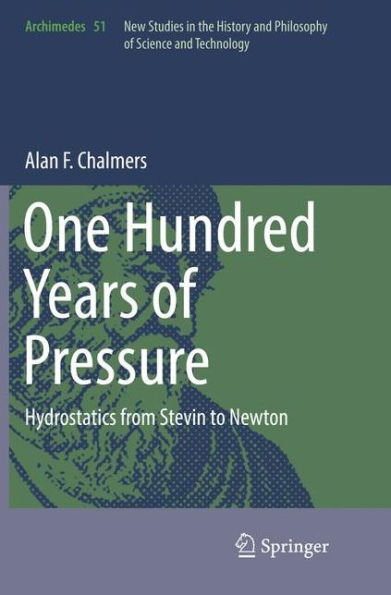5
1
9783319859385



One Hundred Years of Pressure: Hydrostatics from Stevin to Newton available in Hardcover, Paperback, eBook

One Hundred Years of Pressure: Hydrostatics from Stevin to Newton
- ISBN-10:
- 3319859382
- ISBN-13:
- 9783319859385
- Pub. Date:
- 06/22/2018
- Publisher:
- Springer International Publishing
- ISBN-10:
- 3319859382
- ISBN-13:
- 9783319859385
- Pub. Date:
- 06/22/2018
- Publisher:
- Springer International Publishing

One Hundred Years of Pressure: Hydrostatics from Stevin to Newton
$139.99
Current price is , Original price is $139.99. You
139.99
In Stock

Product Details
| ISBN-13: | 9783319859385 |
|---|---|
| Publisher: | Springer International Publishing |
| Publication date: | 06/22/2018 |
| Series: | Archimedes , #51 |
| Edition description: | Softcover reprint of the original 1st ed. 2017 |
| Pages: | 197 |
| Product dimensions: | 6.10(w) x 9.25(h) x (d) |
About the Author
From the B&N Reads Blog
